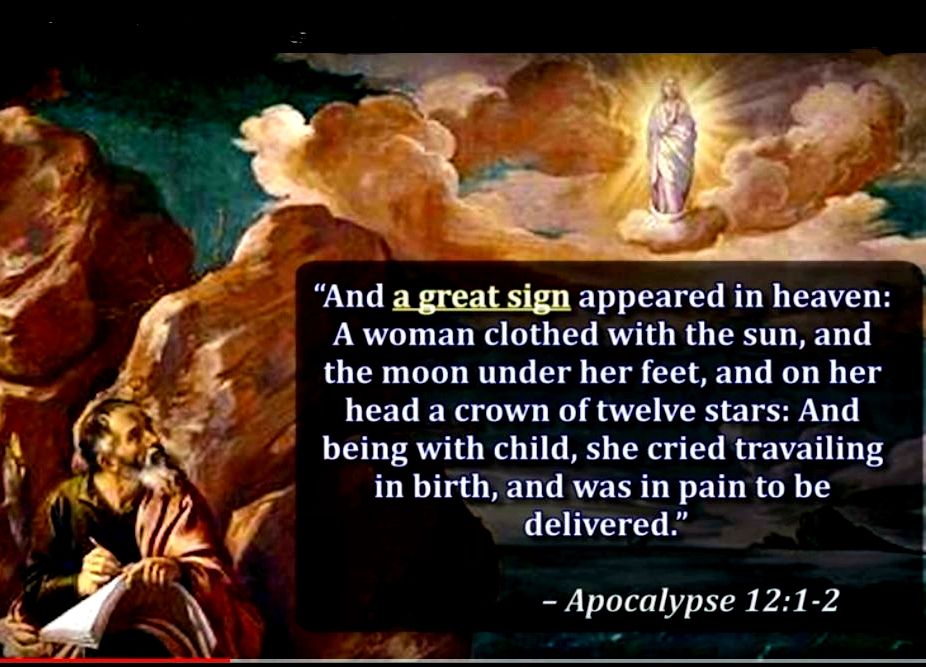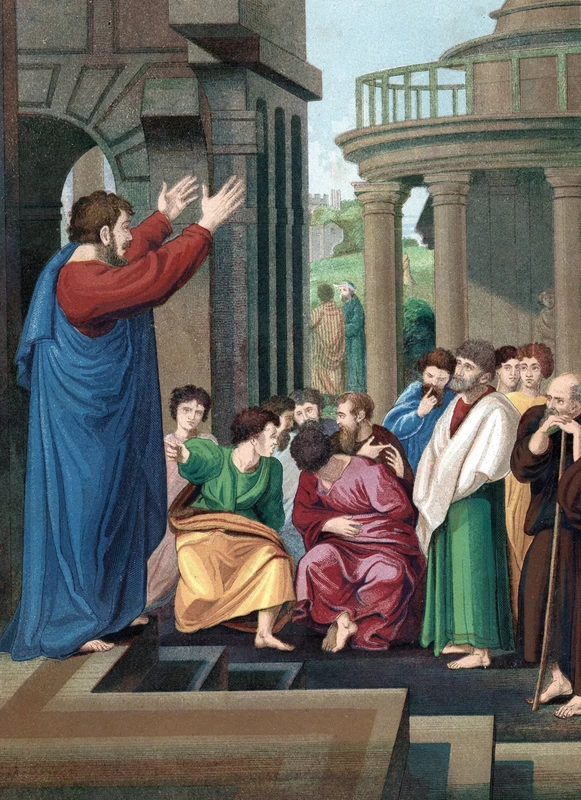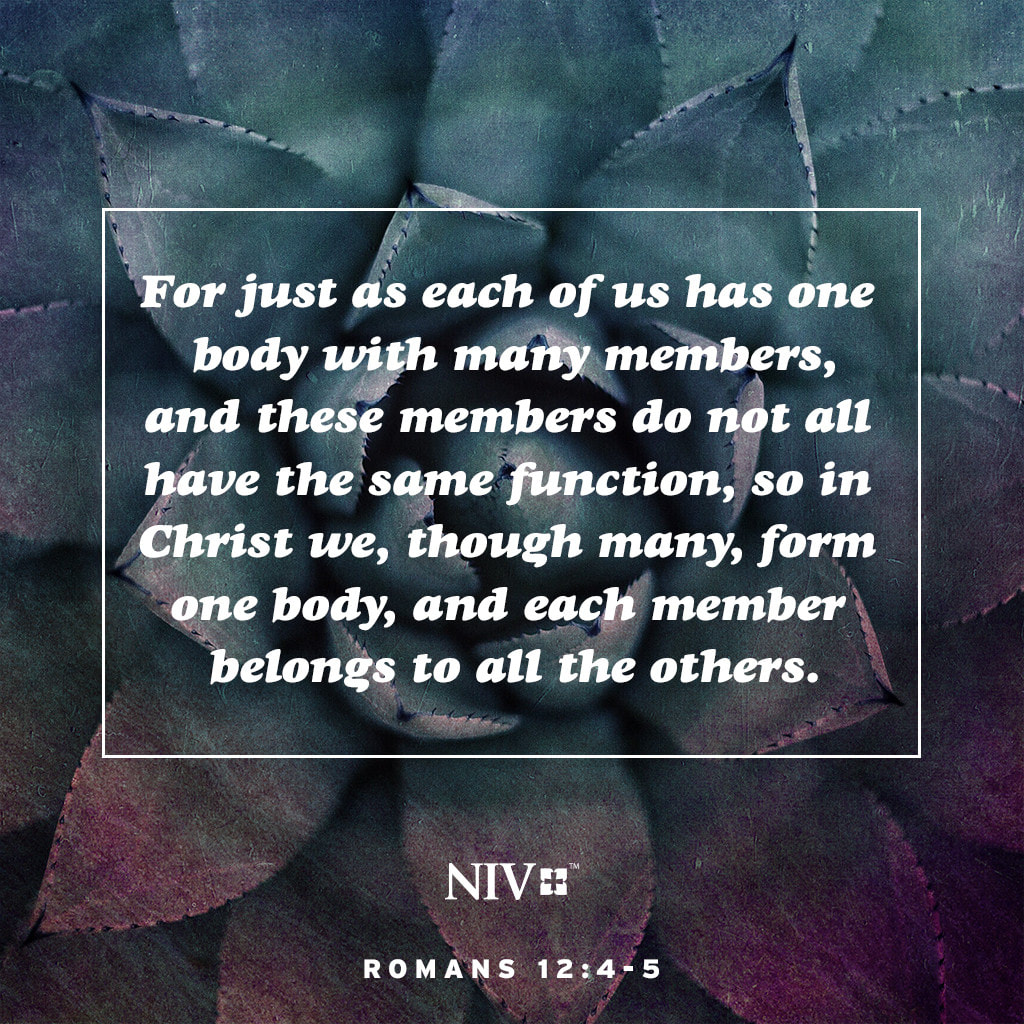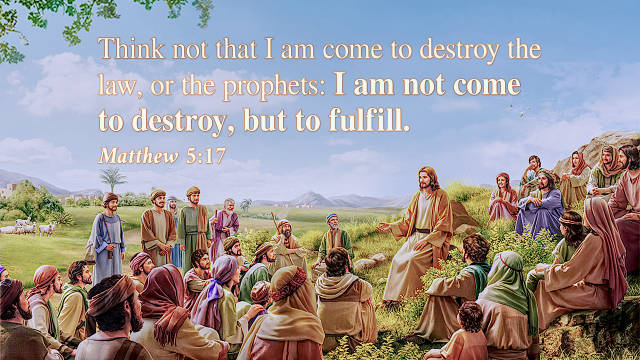People everywhere search for peace. They sing songs about it and travel on pilgrimages to find it. They even wage war to protect it. Many wealthy, famous, and powerful people would trade everything for just one moment of peace. What they often find, however, is the world’s false peace which is different from the peace offered by Jesus: Peace I leave with you; my peace I give to you. Not as the world gives do I give to you. Let not your hearts be troubled, neither let them be afraid. (John 14:27) The peace offered by the world is an empty promise and can only bring temporary comfort. God’s peace is a permanent peace offered by the only One who can be trusted to keep his Word and heal our sin.
0 Comments
The expression “New Age” came into existence in the 1970s and 1980s. It was promoted by the circulation of the New Age Journal and a book by Mark Satin called New Age Politics. Marilyn Ferguson’s best-selling Aquarian Conspiracy was a presentation of the social agenda and philosophical vision of the New Age. Ferguson’s writing attained status as the unofficial scripture of the movement. As Russell Chandler, a writer for the Los Angeles Times, wrote in Understanding the New Age, “If Ferguson wrote the New Age ‘Bible,‘ Shirley MacLaine is its high priestess.”
Shirley MacLaine’s book, Out on a Limb, chronicles her reluctant conversion to New Age belief. This book describes her travels and studies, which include science fiction-like dimensions, out-of-body travel, contact with extraterrestrial beings, “trance channeling” (séances), and a “guided tour” of the unseen world. MacLaine’s second book, Dancing in the Light, tells about her reach into the world of yoga, reincarnation, crystal power, Hindu mantras, and past-life recall experiences mediated through acupuncture. Her spirit guides informed her that each individual is God, and she passed along the “wisdom” that the person is unlimited. One only has to realize it (Chandler, page 6-2). New Age thinking has its roots, then, in Eastern mysticism, which attempts to bypass the mind. There is a new organ of perception—the third eye—which gives spiritual light. One needs to get to the “psychic self” by training one’s self to ignore messages from the mind or to see that the mind is actually achieving “cosmic consciousness.” The mind can create reality. Neil Anderson in his book, Walking Through the Darkness, writes this: “The New Age movement is not seen as a religion but a new way to think and understand reality. It’s very attractive to the natural man who has become disillusioned with organized religion and Western rationalism. He desires spiritual reality but doesn’t want to give up materialism, deal with his moral problems, or come under authority” (page 22). Anderson goes on to summarize New Age thinking (pages 22–24) as follows: (1) It is monism. The belief that all is one and one is all. History is not the story of humanity’s fall into sin and its restoration by God’s saving grace. Rather, it is humanity’s fall into ignorance and the gradual ascent into enlightenment. (2) All is God. If all is one, including God, then one must conclude that all is God. It is pantheism—trees, snails, books, and people are all of one divine essence. A personal God who has revealed Himself in the Bible and in Jesus Christ is completely rejected. Since God is impersonal, the New Ager doesn’t have to serve Him. God is an “it,” not a “He.” (3) There is a change in consciousness. If we are God, we need to know we are God. We must become cosmically conscious, enlightened, or attuned to the cosmic consciousness. Some who reach this enlightened status will claim to be “born again”—a counterfeit of biblical conversion. The essential is not whether we believe or meditate, but whom we believe in and what we meditate upon. Christ is the true, personal, objective reality, as He said that He is the way, the truth and the life, and no one comes to the Father except through Him (John 14:6). (4) A cosmic evolutionary optimism is taught. There is a New Age coming. There will be a new world order, a new world government. New Age thinkers believe that there will eventually be a progressive unification of world consciousness. This, according to the Bible, is a counterfeit kingdom led by Satan himself. Christ has the true kingdom, and He will one day rule on earth with peace for all who accept Him as Savior and King (Revelation 5:13). (5) New Agers create their own reality. They believe they can create reality by what they believe, and, by changing what they believe, they can change reality. All moral boundaries have been erased. There are no absolutes because there is no distinction between good and evil. Nothing has reality until one says that it is reality or says that it is truth. If finite man can create truth, we are in desperate trouble in our society. Unless there are eternal absolutes from the eternal God, man will eventually be his own destruction. (6) New Agers make contact with the kingdom of darkness. Calling a medium a “channeler” and a demon a “spirit guide” has not changed the reality of what they are. This is the kingdom of darkness of which Satan is the head. Those involved in this kind of activity are in contact with a world that is totally opposed to the biblical God revealed to us in Jesus Christ, who defeated Satan (Matthew 4:1–11; Colossians 2:15; Hebrews 2:14–18). The New Age movement is a counterfeit philosophy that appeals to the feelings of individuals, leading them to think that that they are God and can enhance their lives through their own person. The reality is that we are born, grow up, live a while on planet Earth, and die. Humans are finite. We can never be God. We need someone greater than we who can provide us forgiveness and life eternal. Praise the Lord for the God-man, Jesus Christ. Through His death and bodily resurrection, He has won for us what we desperately need: forgiveness from God, a life of purpose and meaning in this life, and eternal life beyond the grave. Don’t miss out on who Jesus Christ is and what He has done for you. Read John chapter 3. Ask Christ to be your Savior. Your life will be transformed, and you will know who you are, why you are here, and where you are going. Jesus of the Bible is NOT the Jesus of the new spiritualities: The various new spiritualities, including the New Age Movement (NAM), have sought to completely reinvent Jesus, making him into their own Eastern image. They distort and deny the truth about Jesus as found especially in the four Gospels, and make him into yet another spiritual leader or guru. To understand this New Age Jesus, one needs to know something about basic NAM beliefs. My earlier piece in this series does just that, so please have a read: billmuehlenberg.com/2019/12/31/the-new-age-movement-versus-christianity/ In much of New Age and Eastern thought our problem is not moral so much as one of false understandings. We simply do not realise that we are already part of the divine. Liberation (moksha) from the cycle of birth and rebirth (samsara) comes by overcoming our false consciousness and merging with the oneness that we are a part of. Thus Jesus did not really come to die for our sins, but to simply show us the way, like so many other great spiritual teachers. He came to guide us in our spiritual journey, and to help us embrace our own enlightenment and cosmic consciousness. So Jesus is usually seen as just another avatar (an incarnation of deity). In Hinduism avatars are descents of Vishnu, one of the principal deities. In generic Eastern and New Age thought there are numerous avatars such as Krishna, the Buddha, etc. There is nothing special or unique about Jesus: he is just one of many who have achieved cosmic consciousness and have come to help us do the same. Traditional biblical understandings of who Jesus is and why he came to earth are denied or radically twisted to fit into the Eastern worldview. The uniqueness of Christ is downplayed, and he is seen as just another “ascended master” or one who has already found moksha. As I mentioned in my piece on the NAM and Christianity, Gnosticism is a big part of this. This early, heretical movement offered salvation by way of arcane knowledge (gnosis). One achieves salvation by acquiring knowledge of secret and hidden truths. Usually only an elite few gain such special knowledge and insight. In Christianity and the Hellenistic World, Ronald Nash explains how Jesus is viewed in such a scheme: “The Gnostic Jesus was not a Savior; he was a revealer. He came for the express purpose of communicating his secret gnosis.” We are not sinners in need of salvation – we are ignorant people who need to realise that we are already divine. Claims are also made about various “lost gospels” or “Gnostic gospels” which are said to contain the “real” truth about Jesus and his Eastern connections. Thus things like the Gospel of Thomas, the Gospel of Phillip, and other writings are often appealed to. But see my critique of such matters here: billmuehlenberg.com/2006/04/26/the-gospel-according-to-dan-brown/ One common belief about Jesus in the new spiritualities and the NAM has to do with the so-called ‘lost years’ of Jesus. The Bible gives us some information about the first twelve or so years of Jesus’ life, and of course the last three or so. But it does not give us any specific information of what Jesus did between these two periods. So a common theme that is run with is to say that Jesus actually went to the East, studied under various gurus, and eventually found enlightenment. I believed this myself back in my hippy days. But there is of course no historical basis for this, and certainly no biblical basis for this. But let me finish by looking more closely at the claim that Jesus was just another guru. Many of the books that I list below do a great job of discussing this. One can especially highlight the 1996 volume by Groothuis, or the 2012 Zacharias book. But let me here run with some helpful remarks found in the 1994 volume by Peter Kreeft and Ronald Tacelli, Handbook of Christian Apologetics. In their chapter on the divinity of Jesus, they have such a very useful discussion on this matter that it is worth quoting from at length. They discuss the possibility that Jesus was really a guru, who meant his words to be taken figuratively and mystically: yes, he is divine, but so are all of us – we just don’t realise it yet! They ask why Jesus could NOT fit into such a scheme: For one very simple reason: because he was a Jew. No guru was ever a Jew and no Jew was ever a guru. The differences – more, the contradictions – between the religious Judaism of Jesus and the teaching of all the gurus, Hindu, Buddhist, Taoist or New Age, are so many, so great and so obvious that you have to be a dunce or a professor to miss them…. If Jesus was in fact a guru or mystic who transcended and contradicted his Jewishness, then he utterly failed to get any one of the gurus’ teachings across to anybody, ever, for almost two thousand years. He was the worst teacher in history if he misled all his followers on every one of the following essential points where Judaism and Eastern mysticism conflict. The Jews were extremely proud of these distinctive beliefs and held to them tenaciously against worldwide disagreement, against the whole pagan, polytheistic, pantheistic, mythical and mystical religious world of antiquity for nearly two millennia. Here are eight flat-out contradictions between Jesus’ Judaism and the universal teaching of all gurus. Together they make it utterly impossible to call Jesus a guru.
Jesus in an Age of Controversy by Groothuis, Douglas R. (Author) I conclude with the closing paragraphs of Stolen Identity by Peter Jones: The uniqueness of Jesus is surely (1) the earthshaking claim of Immanuel, God come in human form, added to (2) the declaration of the definitive forgiveness of sins and the defeat of evil, and (3) completed by the proclamation of the physical resurrection of Jesus, the final defeat of death, and the coming transformed cosmos. . . . In the cross of Jesus, the human problem of sin is resolved. In the resurrection of Jesus, the human inevitability of death is vanquished. In this gospel, God is with us. No other religion has ever made such a claim. In the debate about the identity of Jesus, and the argument regarding the version we can trust, the stakes are enormous. There is no neutral position. You must choose. Is he “the divine/human Savior of the world” or a spiritual guru like many others? Is he a source of timeless wisdom of the bringer of the gospel news? I have chosen the biblical Jesus because I sense a deep need, not for a coach or religious technical advisor, but for a righteous and fully trustworthy Savior, who as my Creator and Redeemer does things for me I could never do for myself. |
|
|
|
|
|
|
|
|
Paragraph. Clicca qui per modificare.
|
Paragraph. Clicca qui per modificare.
|
Paragraph. Clicca qui per modificare.
|
Paragraph. Clicca qui per modificare.
|
Paragraph. Clicca qui per modificare.
|
|

 RSS Feed
RSS Feed

